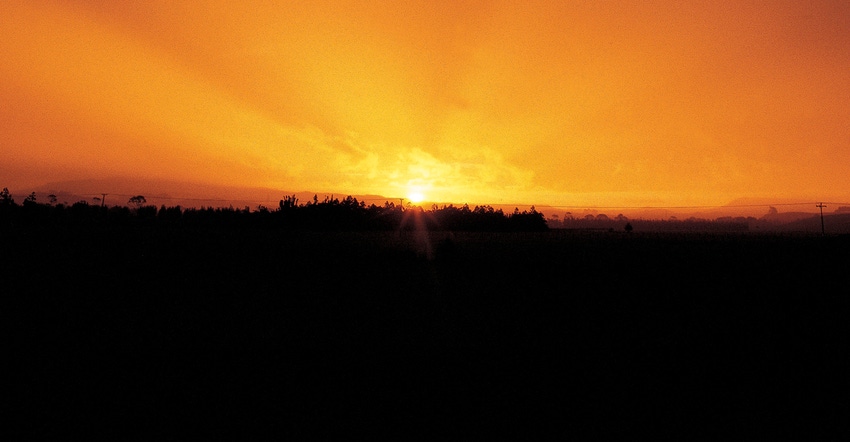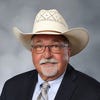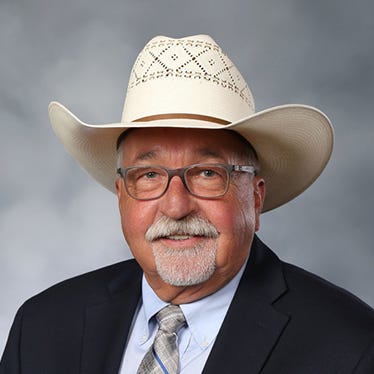February 11, 2022

I’ve always asserted that cattle and humans act pretty much the same way in certain situations. From mommas who would sacrifice their own life for the sake of their baby, to adolescent males who don’t act too differently than yearling bulls, we’re all alike. If I ever doubted my original assertion, an event from two days ago only confirmed what I thought.
It was one of those rare, beautiful, midwinter days. The sun was shining brightly, there was hardly any wind, and the temperature was a couple degrees above freezing. Feeding hay at the first two farms left me wondering if I even needed to be feeding, especially since the cows were showing little interest in the meal. But, since calving should begin any day now, I proceeded to unroll a bale at each place.
All accounted for
At the creek place, I unrolled the bale alongside the spring that runs year-round through the property. The cows slowly ambled over and began nosing through the hay, trying to find those delicious little bits of clover that are always present. The cows, at least, lined up along the newly presented strip of forage, making it easy for me to count the critters and make sure one or more of them wasn’t off in the woods beginning the calving season.
As I drove the tractor along the long line of expectant mothers, my count matched the number of cows that were supposed to be there. I knew the perfect weather would not induce birthing — as they were surely waiting for the expected foot of snow and zero-degree temperature that had been in the forecast for the end of the week.
When I came to the end of the row of bovines, my eyes locked on an old, black, mottle-faced cow that is not quite as fat as I am, but almost as old. The low-lying limb she had eased over to wasn’t quite low enough to scratch the itch that she was so desperately trying to alleviate around her tail head. Since she couldn’t jack up her rear end enough for the limb to act as a scratching post, she did what cows do — she contorted her body into a crude ��“L” shape and slung her head around with a force that, for all her lifetime, had resulted in her ability to make her long, extended tongue reach that spot that itched and thereby ease her need.
Unfortunately, for the cow, the thawed surface of the pasture was just slick enough that the sudden force of throwing her head back resulted in one of her rear feet slipping from underneath her, culminating in her falling as if she had been shot between the eyes with a .30-.30 rifle.
The fall was so sudden and violent that I really worried she might have broken a hip, but as I approached her on the tractor, she stood up, and I was surprised to see her looking around, with embarrassment, to see if any of the other cows had seen it — just like I did when I tripped over a crack in the sidewalk last week.
Crownover farms in Missouri.
About the Author(s)
You May Also Like






